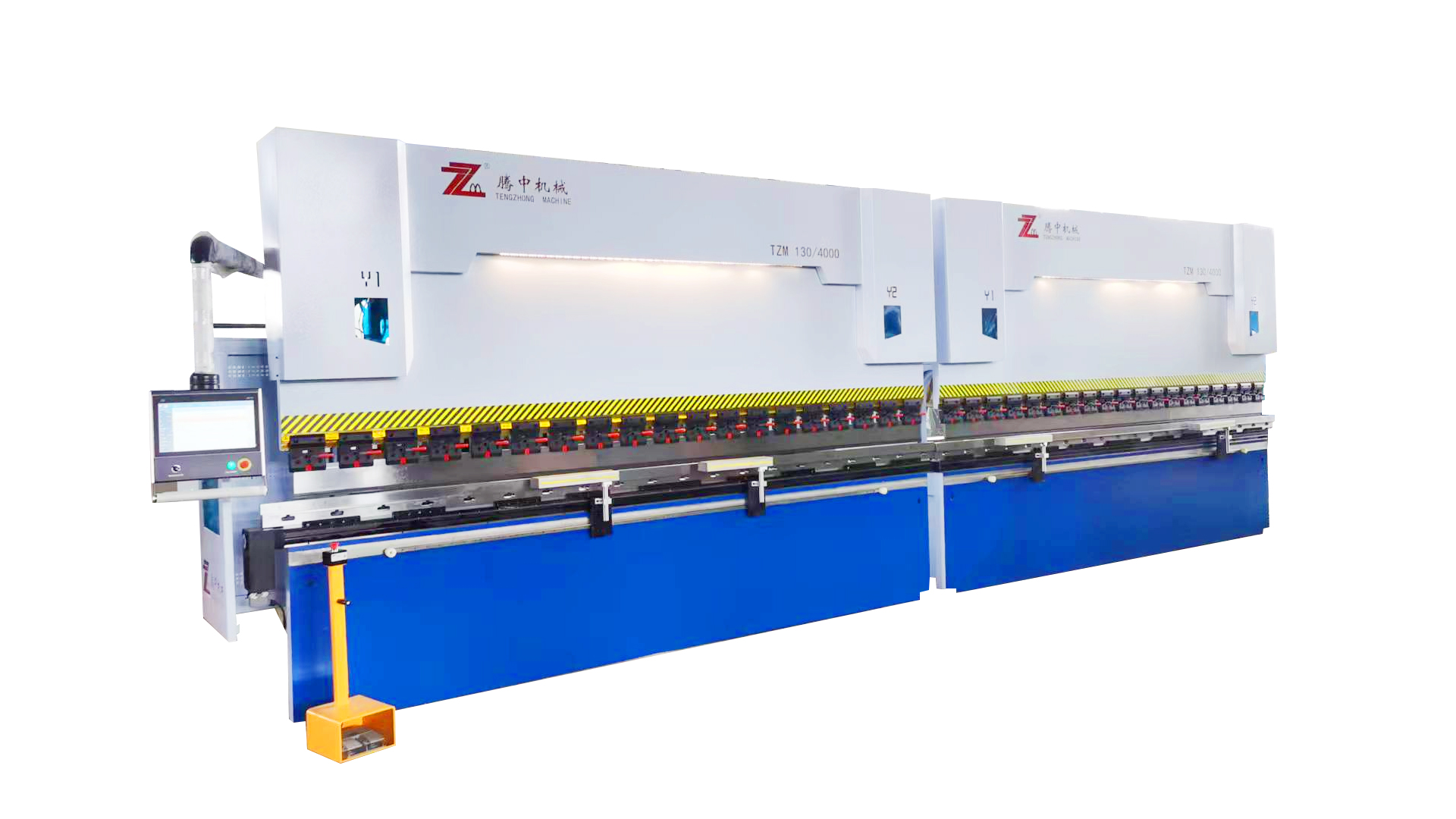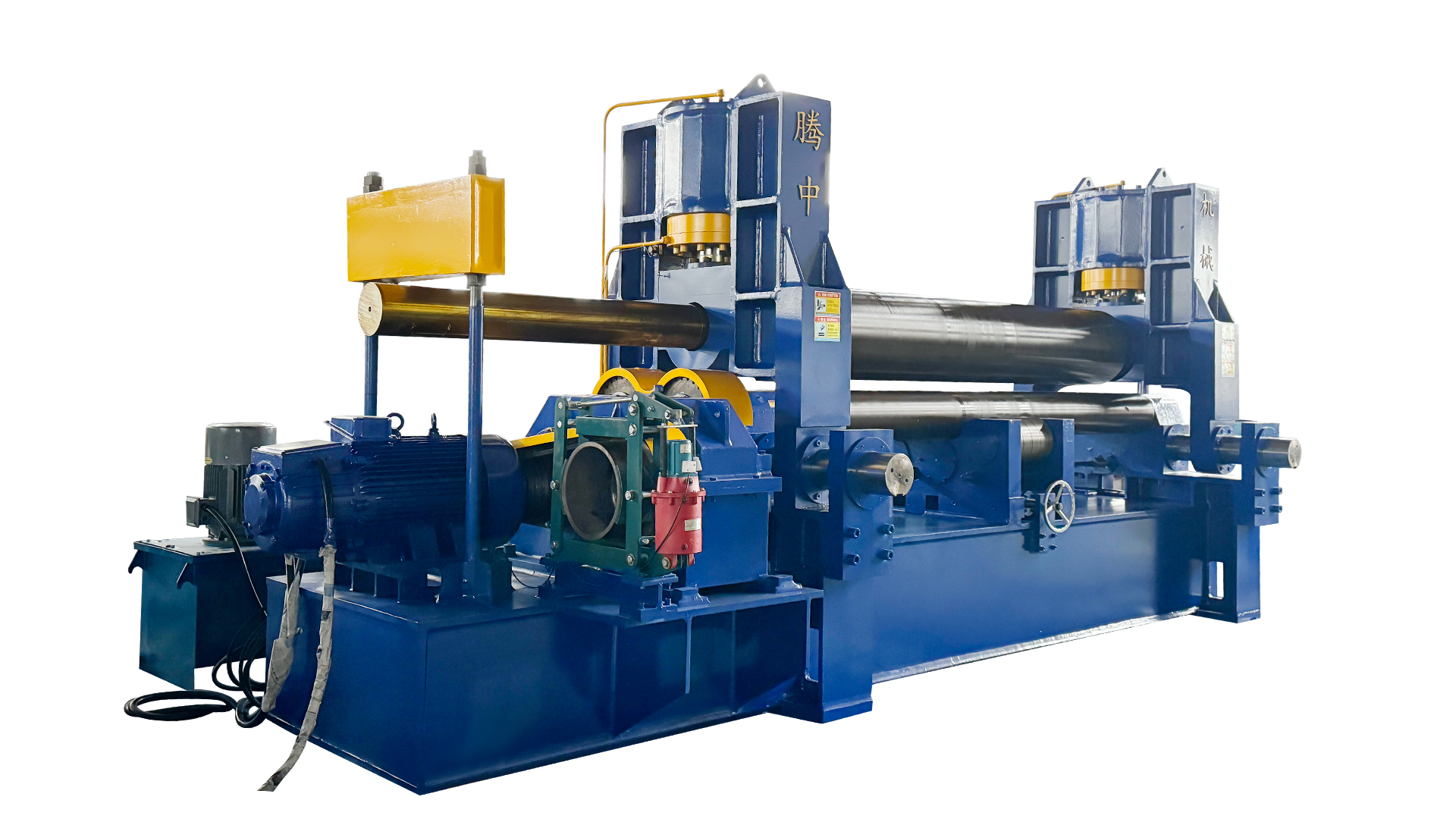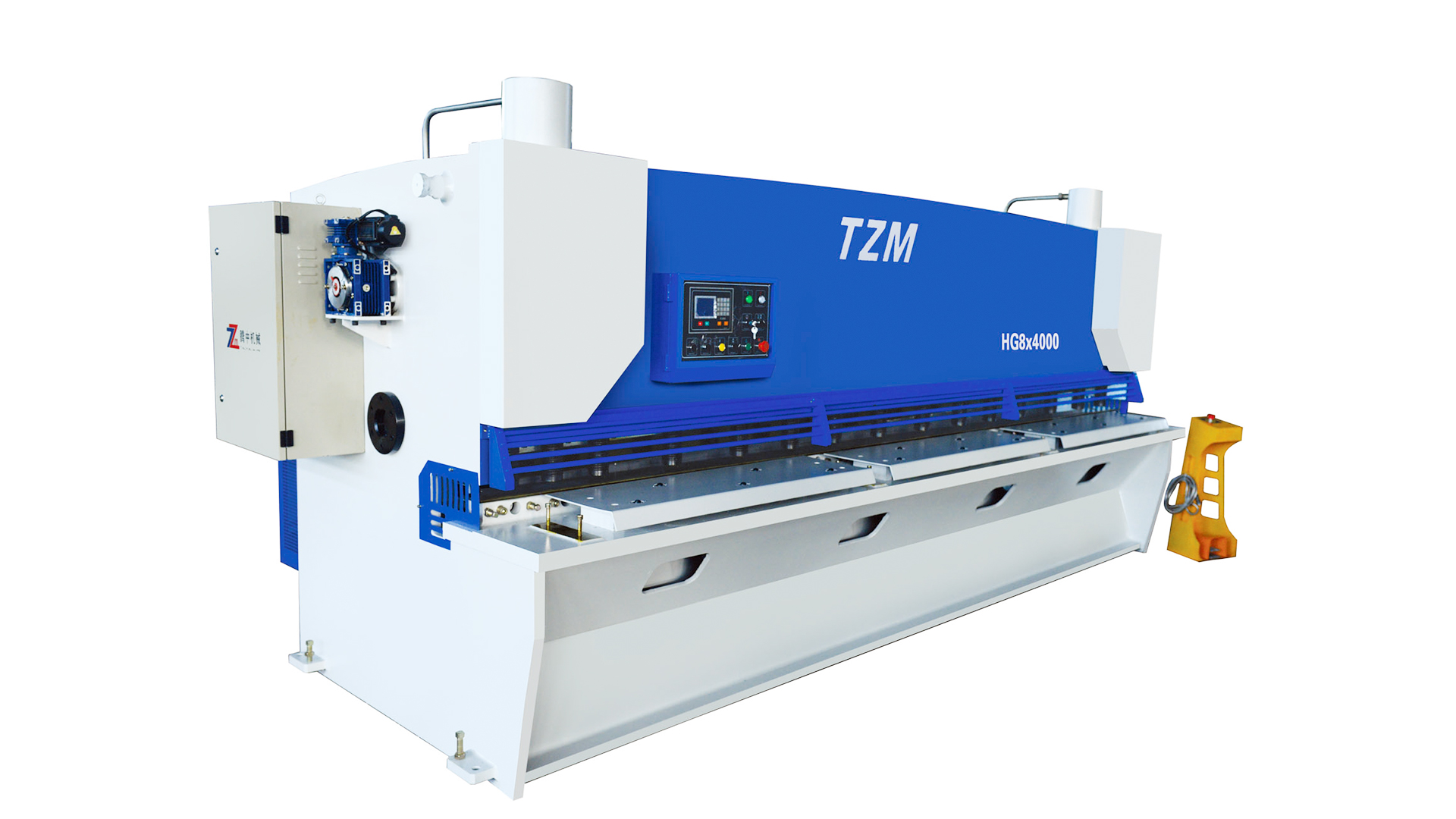How precise are the cuts made by grooving machines?
2025-02-08
In the realm of manufacturing and industrial processing, precision is paramount. Whether you're shaping materials for construction, automotive production, or intricate machinery, the accuracy of every cut dictates the quality and functionality of the final product. Among the tools engineered to achieve such precision, grooving machine stand out. These versatile devices are designed to create precise grooves, slots, and channels in a range of materials, from metal to plastic. But how exact are the cuts made by grooving machines, and what factors influence their accuracy?
The Core of Precision: Technology and Design
Grooving machines are inherently built to offer high levels of precision. At the heart of their design lies advanced engineering that enables them to create clean, consistent cuts with remarkable accuracy. The tools used in these machines—whether rotary cutters, carbide blades, or specialized inserts—are finely tuned to meet the demanding requirements of specific tasks.
The precision of cuts depends largely on the machine’s construction, with features such as robust frames, advanced control systems, and cutting-edge drive mechanisms ensuring that each operation remains stable and predictable. High-quality grooving machines come equipped with digital controls and automated features, which significantly enhance their ability to execute exact measurements down to microns. These machines often integrate with computer numerical control (CNC) systems, allowing for adjustments and recalibrations on the fly, thus enhancing accuracy and reducing human error.
Factors Affecting Cut Precision
While grooving machines are designed to produce highly precise cuts, various factors can influence the ultimate outcome. The material being cut, the speed of operation, tool condition, and machine calibration all play crucial roles in determining the quality of the groove.
1. Material Properties
Different materials—whether it’s soft plastic, hardened steel, or composite substances—respond to cutting processes in unique ways. Harder materials may require slower cutting speeds or specialized tools to prevent wear or deformation, whereas softer materials might necessitate greater control to avoid overcutting or undercutting. The precision of the cut will vary depending on how well the machine adjusts to the material's characteristics.
2. Tool Wear and Maintenance
A grooving machine’s cutting tool wears down over time. As tools degrade, their ability to produce sharp, accurate cuts diminishes. Regular maintenance, including tool sharpening or replacement, is essential to maintaining precise cuts. The tolerance level of the cut is highly dependent on the sharpness and condition of the blade or insert used. Tools that have experienced significant wear can cause irregular grooves and inconsistent slot depths, which compromise the overall quality of the product.

3. Machine Calibration and Setup
The calibration of the grooving machine is integral to the consistency of its cuts. Even slight misalignments in the toolholder, feed mechanisms, or cutting head can lead to deviations in the groove’s dimensions. Professional technicians routinely calibrate the machine to ensure the cutting head remains aligned with the workpiece, which guarantees the creation of grooves with consistent depth and width. Any oversight in calibration can introduce imperfections that, although minute, can significantly impact the quality of the finished product.
4. Cutting Speed and Feed Rates
The speed at which the grooving machine operates is another critical factor in the precision of its cuts. Faster speeds might expedite the process but can sometimes result in less refined grooves, especially in harder materials. Conversely, slower cutting speeds allow for greater control over the process but may increase production time. The feed rate, or the speed at which the material moves relative to the cutting tool, must also be optimized to ensure uniformity. A well-calibrated feed rate reduces the risk of uneven grooves or excess tool wear.
Achieving Precision in Every Cut
While several factors come into play, modern grooving machines, particularly those with CNC integration, provide a high degree of precision. These machines are capable of achieving tolerances as tight as ±0.005mm, depending on the complexity of the task. In highly specialized applications, such as aerospace or medical device manufacturing, this level of precision is indispensable. In such fields, even the slightest deviation could have serious consequences.
Moreover, technological advancements in material handling, real-time adjustments, and advanced diagnostics further enhance the machine’s ability to produce consistent, high-quality grooves. This ongoing innovation ensures that, regardless of the material or complexity of the job, grooving machines continue to deliver precision cuts that meet the most rigorous standards.
The cuts made by grooving machines are, in most cases, extraordinarily precise. With the right conditions—proper machine calibration, sharp tools, optimized cutting speeds, and correct material handling—the precision of grooving machines can reach remarkable levels. As industries demand ever-higher standards of accuracy, grooving machines are continuously evolving, driven by technology and innovation. In the hands of skilled operators and with proper maintenance, these machines ensure that each cut is as accurate as the last, maintaining the integrity and excellence of the final product.

 English
English русский
русский Français
Français Español
Español Português
Português عربى
عربى









